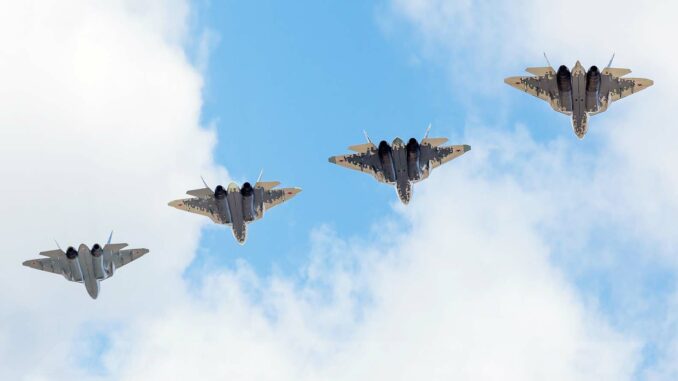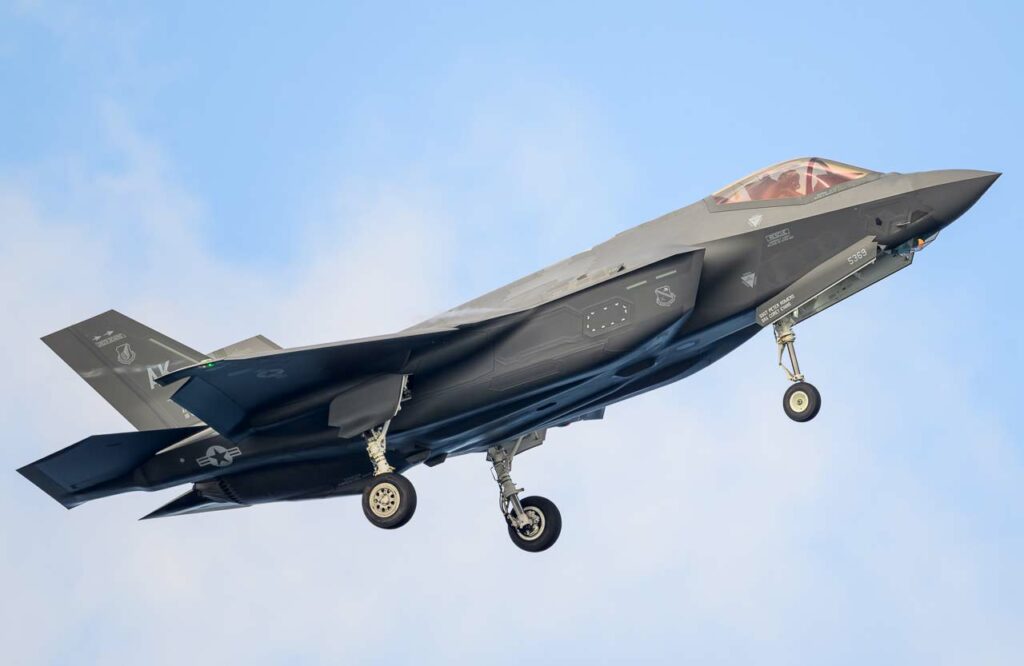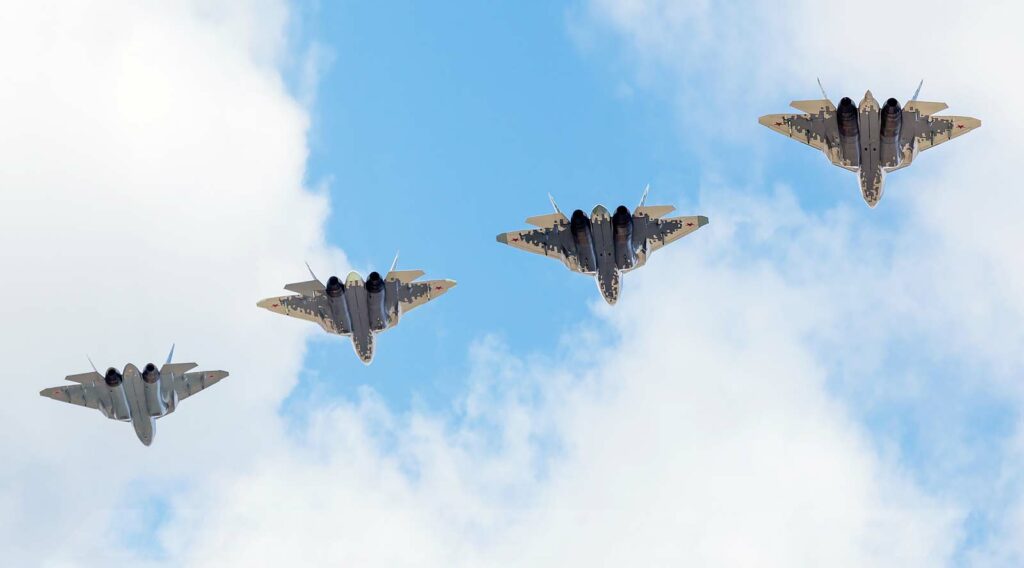
Discover the stealthiest fighter jets, their crucial role in air combat, interception and strikes, with modern examples and the importance of stealth.
Stealth is an essential feature of modern fighter aircraft, giving them a decisive advantage in air-to-air combat, interception and precision strike missions. This ability to make oneself virtually undetectable to enemy radars is revolutionizing military tactics and redefining defense and attack strategies. In this article, we delve into the world of stealth fighters, exploring their design, their effectiveness, and highlighting concrete examples that are currently dominating the skies.

The Stealth Advantage
Stealth isn’t just about hiding from the enemy; it’s a sophisticated technology that minimizes an aircraft’s radar, infrared, acoustic and visual signature. This enables stealth fighters to approach the target or enter enemy airspace undetected, providing a crucial element of surprise and tactical superiority. By reducing the distance at which an aircraft can be detected, stealth increases the chances of mission success while minimizing the risks to the aircraft and its pilot.
Examples of Stealth Fighter Aircraft
- Lockheed Martin F-22 Raptor**: The first fifth-generation stealth fighter, the US Air Force’s F-22 Raptor is designed to excel in aerial combat thanks to its supersonic speed, exceptional maneuverability and ability to operate unobtrusively. Its stealth technology enables it to penetrate opposing air defenses and engage the enemy before it is even detected.
- Lockheed Martin F-35 Lightning II**: Multi-role and designed for several branches of the US armed forces, as well as international partners, the F-35 incorporates stealth from the outset. Capable of carrying out ground attack, reconnaissance and air combat missions, its versatility makes it a mainstay of modern military operations.
- Chengdu J-20: The Chinese J-20 is an example of the rise of stealth technology outside the USA. Designed for air superiority and precision strikes, it represents China’s ambition to match Western advances in stealth fighter technology.
- Sukhoi Su-57: Russia is not to be outdone by the Su-57, a fifth-generation stealth fighter designed to replace older models and offer a response to Western developments. Although shrouded in mystery as to its actual capabilities, the Su-57 is a key player in Russia’s air defense strategy.
The importance of stealth
Stealth is not just a question of technology; it’s a global approach that integrates aircraft design, materials used and operating tactics. Reducing the radar signature of a stealth fighter increases its survivability and ability to execute missions in heavily defended environments. This means that stealth fighters are often at the forefront of offensive operations, capable of neutralizing strategic targets with minimal risk.
Stealth remains a constantly evolving field, with ongoing advances in radar-absorbing materials, airframe design, and weapons systems. As adversaries develop technologies to counter stealth, engineers work to further improve the stealth of stealth fighters, ensuring that these aircraft remain crucial elements in the defense arsenal.

Stealth fighters are at the heart of modern military strategy, offering decisive tactical advantages that are redefining aerial confrontations. Their ability to operate incognito is transforming interception and strike missions, making stealth not just an asset but a necessity in the arsenal of any contemporary air force.
War Wings Daily is an independant magazine.